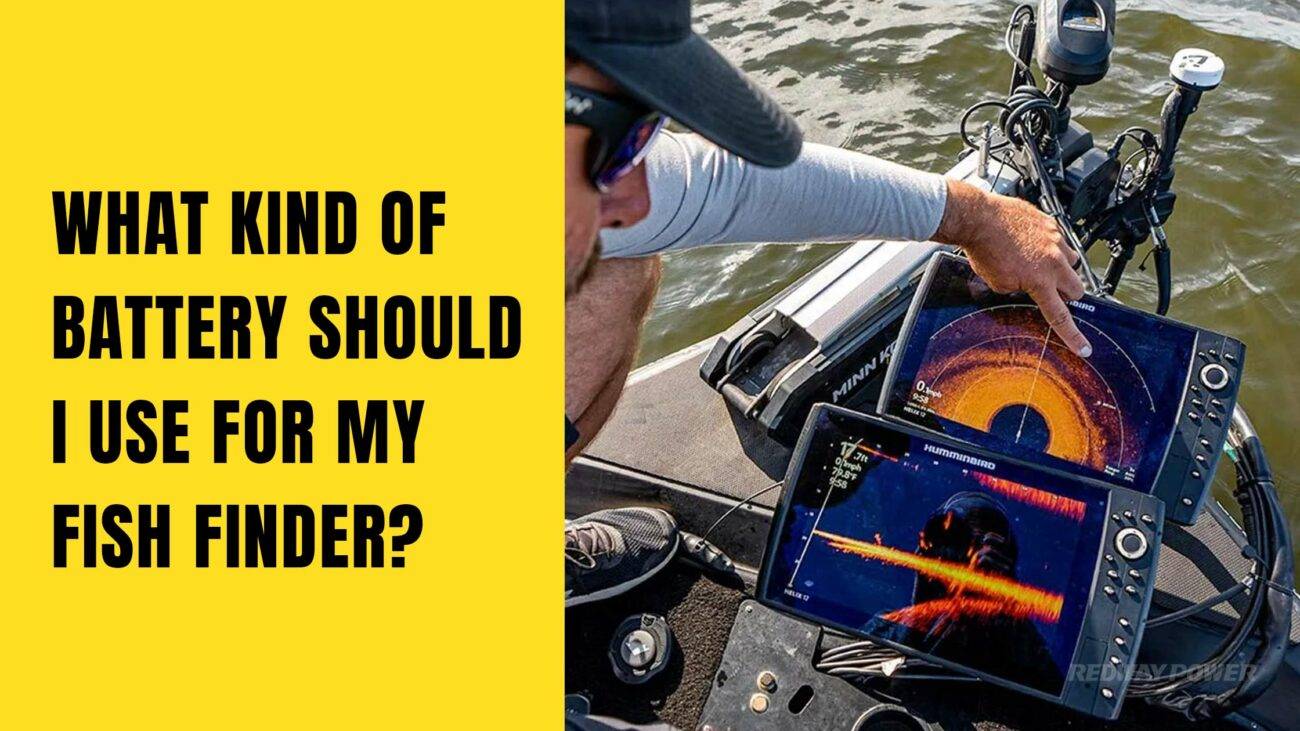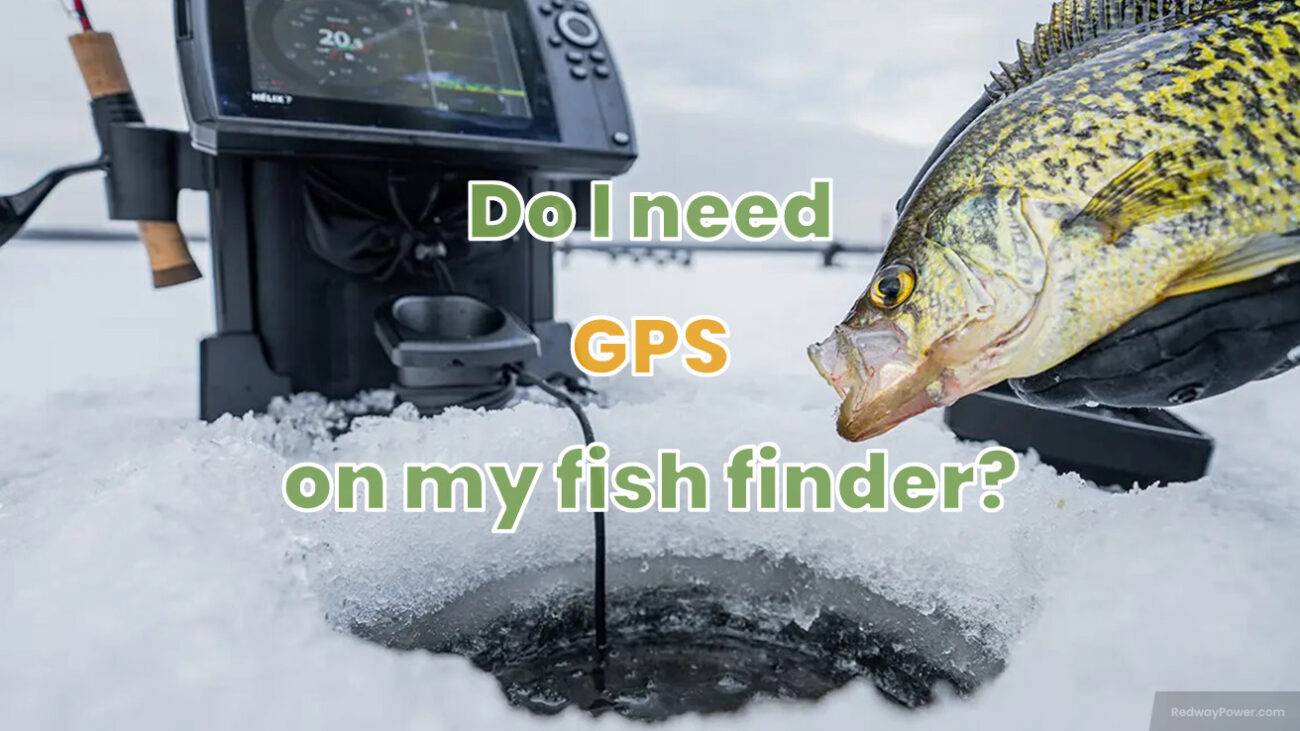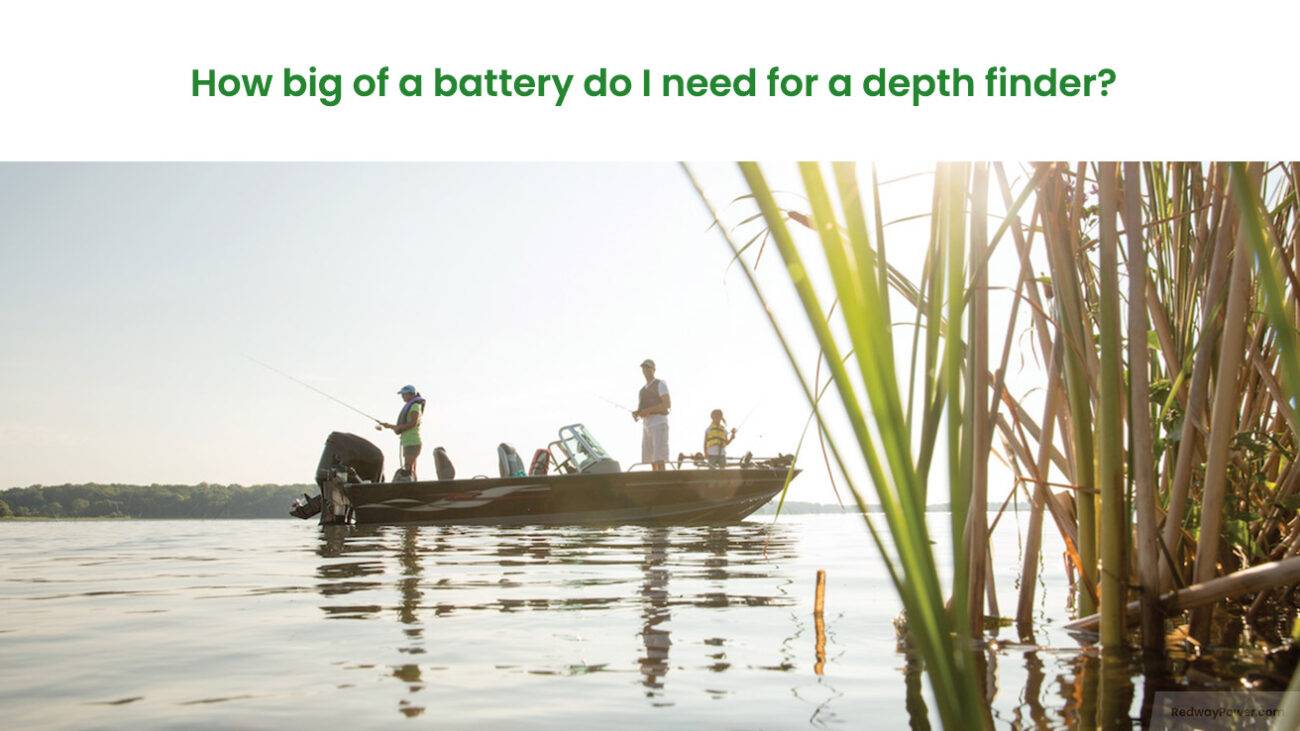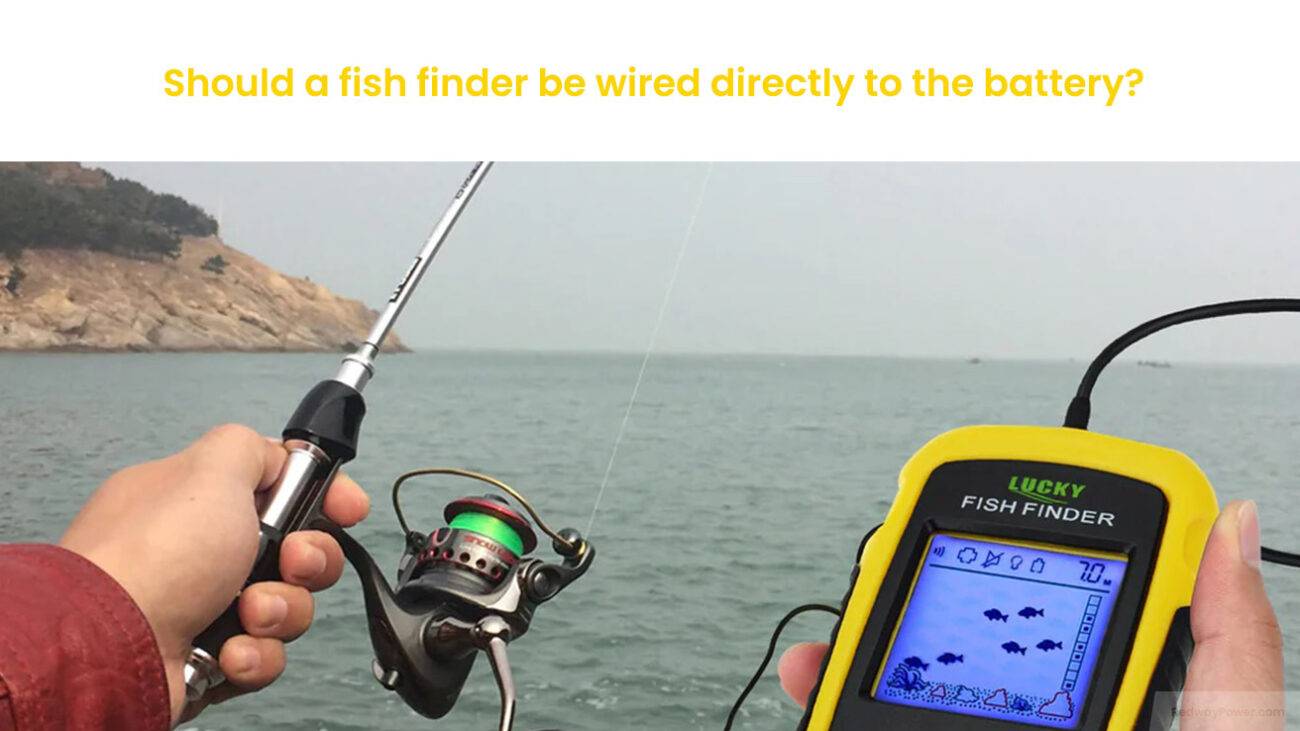- Lithium Golf Cart Battery
- Forklift Lithium Battery
-
48V
- 48V 210Ah
- 48V 300Ah
- 48V 420Ah (949 x 349 x 569 mm)
- 48V 420Ah (950 x 421 x 450 mm)
- 48V 456Ah
- 48V 460Ah (830 x 630 x 590 mm)
- 48V 460Ah (950 x 421 x 450 mm)
- 48V 460Ah (800 x 630 x 600 mm)
- 48V 460Ah (820 x 660 x 470 mm)
- 48V 500Ah
- 48V 560Ah (810 x 630 x 600 mm)
- 48V 560Ah (950 x 592 x 450 mm)
- 48V 600Ah
- 48V 630Ah
-
48V
- 12V Lithium Battery
12V 150Ah Lithium RV Battery
Bluetooth App | BCI Group 31
LiFePO4 Lithium
Discharge Temperature -20°C ~ 65°C
Fast Charger 14.6V 50A
Solar MPPT Charging - 24V Lithium Battery
- 36V Lithium Battery
- 48V Lithium Battery
-
48V LiFePO4 Battery
- 48V 50Ah
- 48V 50Ah (for Golf Carts)
- 48V 60Ah (8D)
- 48V 100Ah (8D)
- 48V 100Ah
- 48V 100Ah (Discharge 100A for Golf Carts)
- 48V 100Ah (Discharge 150A for Golf Carts)
- 48V 100Ah (Discharge 200A for Golf Carts)
- 48V 150Ah (for Golf Carts)
- 48V 160Ah (Discharge 100A for Golf Carts)
- 48V 160Ah (Discharge 160A for Golf Carts)
-
48V LiFePO4 Battery
- 60V Lithium Battery
-
60V LiFePO4 Battery
- 60V 20Ah
- 60V 30Ah
- 60V 50Ah
- 60V 50Ah (Small Size / Side Terminal)
- 60V 100Ah (for Electric Motocycle, Electric Scooter, LSV, AGV)
- 60V 100Ah (for Forklift, AGV, Electric Scooter, Sweeper)
- 60V 150Ah (E-Motocycle / E-Scooter / E-Tricycle / Tour LSV)
- 60V 200Ah (for Forklift, AGV, Electric Scooter, Sweeper)
-
60V LiFePO4 Battery
- 72V~96V Lithium Battery
- Rack-mounted Lithium Battery
- E-Bike Battery
- All-in-One Home-ESS
- Wall-mount Battery ESS
-
Home-ESS Lithium Battery PowerWall
- 24V 100Ah 2.4kWh PW24100-S PowerWall
- 48V 50Ah 2.4kWh PW4850-S PowerWall
- 48V 50Ah 2.56kWh PW5150-S PowerWall
- 48V 100Ah 5.12kWh PW51100-F PowerWall (IP65)
- 48V 100Ah 5.12kWh PW51100-S PowerWall
- 48V 100Ah 5.12kWh PW51100-H PowerWall
- 48V 200Ah 10kWh PW51200-H PowerWall
- 48V 300Ah 15kWh PW51300-H PowerWall
PowerWall 51.2V 100Ah LiFePO4 Lithium Battery
Highly popular in Asia and Eastern Europe.
CE Certification | Home-ESS -
Home-ESS Lithium Battery PowerWall
- Portable Power Stations
Is it a good idea to run fish finders on separate batteries?
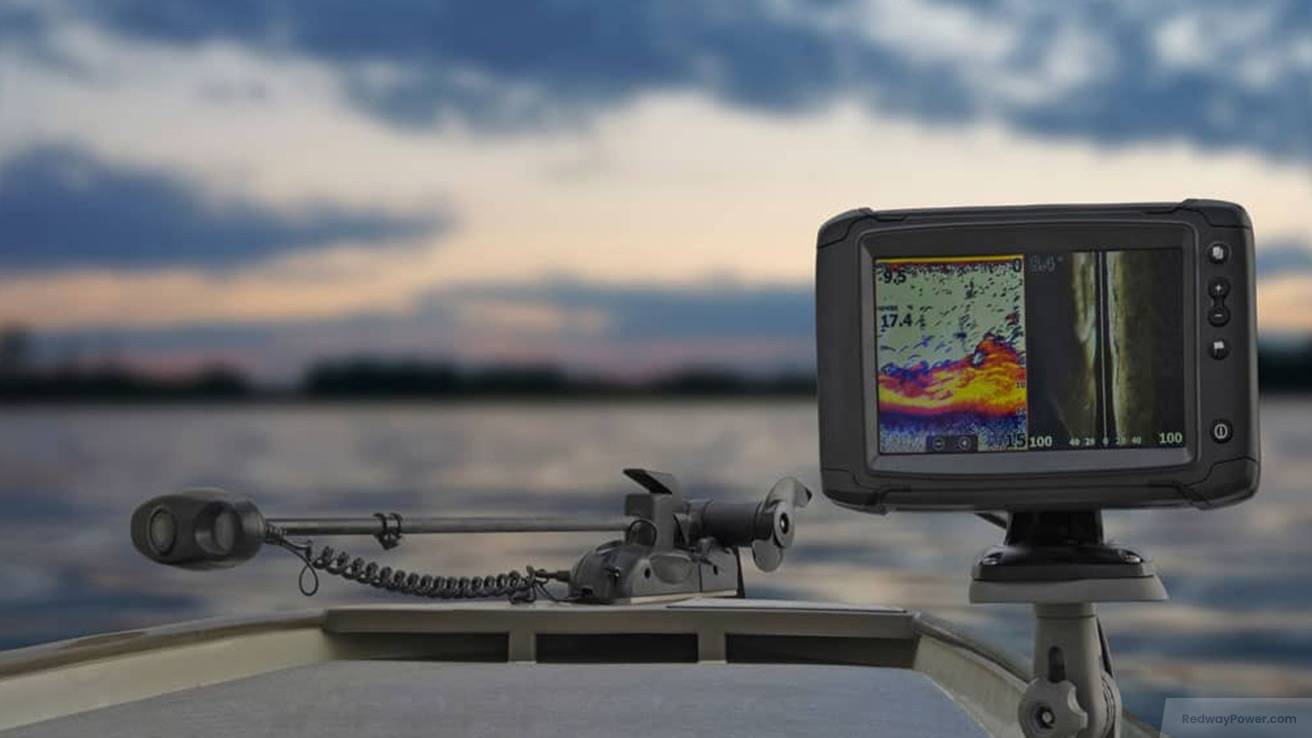
Running fish finders on separate batteries is a common practice among anglers. By using a dedicated battery for the fish finder, you can ensure consistent performance and avoid power fluctuations or drains that could affect other electrical components. This practice is recommended for increased efficiency and reliability of the fish finder system.
Pros and cons of using separate batteries for fish finders
Advantages of running fish finders on separate batteries
Disadvantages of using separate batteries for fish finders
Using separate batteries for fish finders has potential disadvantages such as increased cost and complexity, potential interference issues, and the need for additional battery maintenance. These factors should be considered when deciding whether to use separate batteries for fish finders.

Tips for setting up and managing multiple battery systems
The importance of proper maintenance and care for batteries
Proper maintenance and care for batteries are crucial to ensure optimal performance and reliability. Regular practices such as cleaning battery terminals, checking fluid levels, and ensuring proper connections help maintain reliable power output and extend battery life. These maintenance steps are important for various applications, including smartphones, power tools, and automotive batteries.
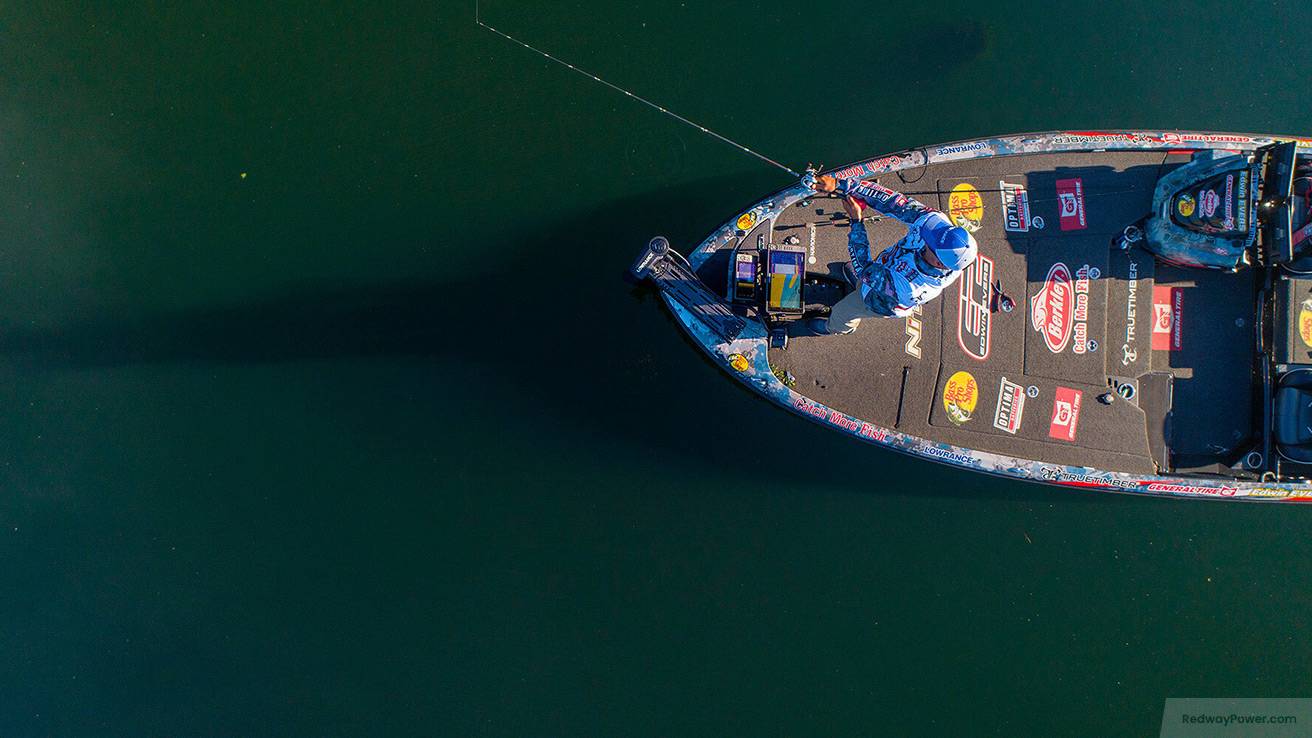
Making the decision based on your specific needs and preferences
FAQs
Do I need a separate battery for my fish finder?
Should I have a separate battery for my trolling motor?
Should the fish finder be powered by a cranking battery?
How long will a 12 volt battery run a fish finder?
Why do you need two batteries for trolling motor?
Can I connect my fish finder to my trolling motor battery?
What size battery do I need for a trolling motor and fish finder?
Can you wire a fish finder directly to a battery?
Wiring a fish finder directly to a battery is a common and reliable method for power supply. It involves using dedicated power wires connected to the battery, often with the inclusion of a fuse for safety. This setup helps avoid potential interference issues and ensures a stable power supply, ensuring optimal performance of the fish finder. Know more here.













